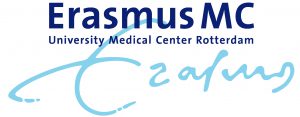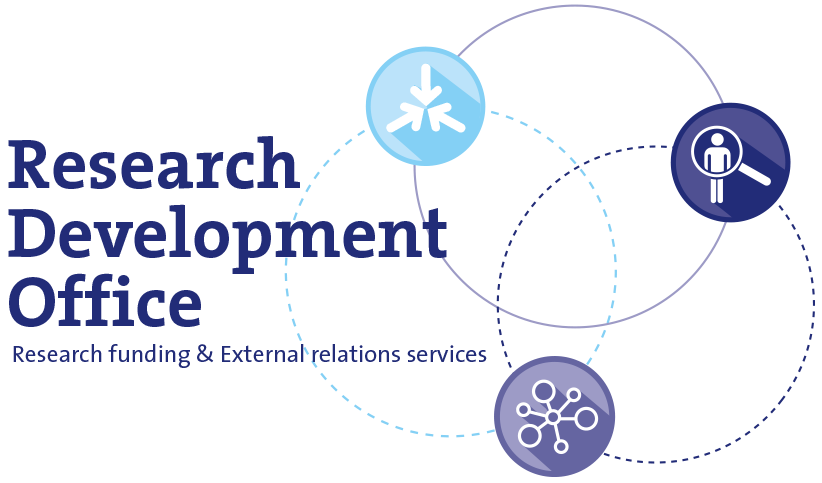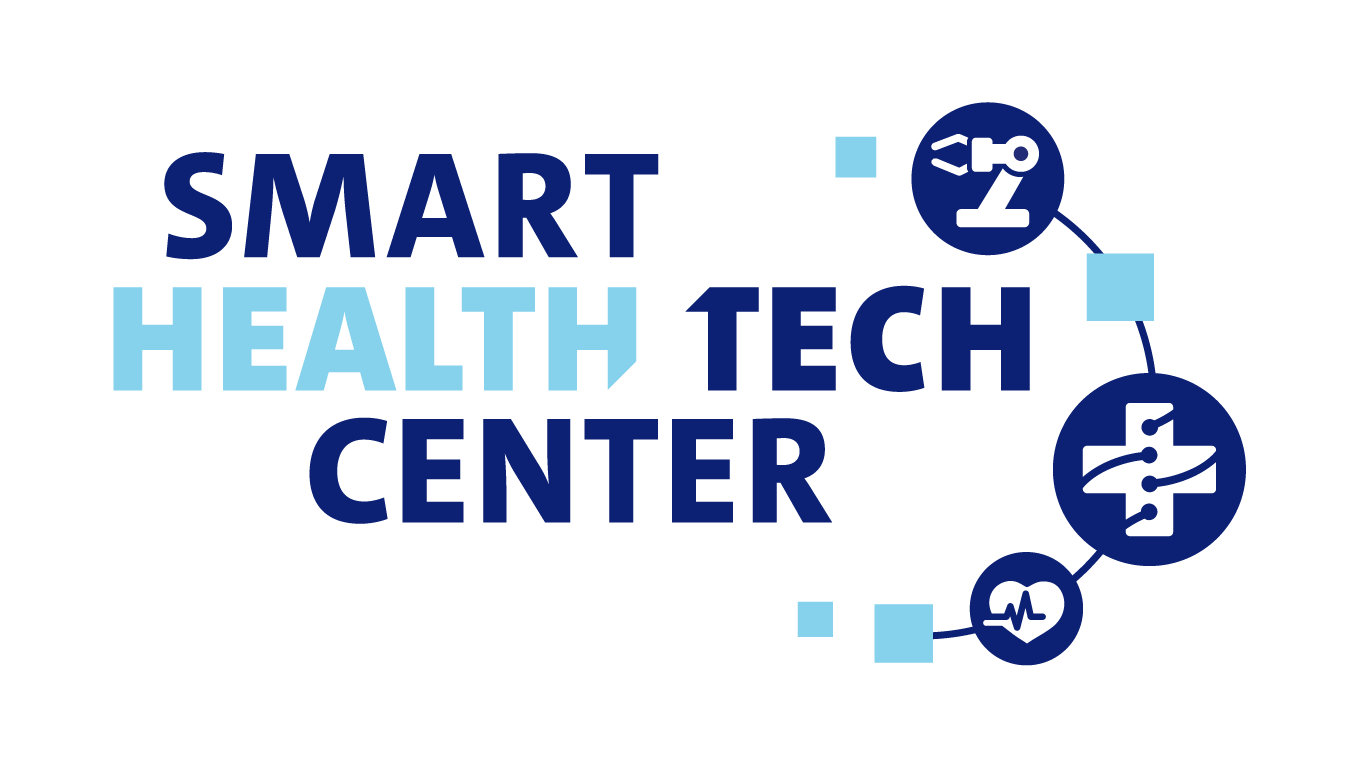Non-invasive diagnosis and treatment of neonatal jaundice in primary care
Project summary
It is a natural phenomenon that babies – due to an increased bilirubin value in the blood – experience some jaundice in the first days of life. However, bilirubin can be harmful to the brain at high blood levels. In practice, jaundice is assessed through the color of the skin and by possibly puncturing blood. However, the assessment of the color of the skin is unreliable. A small device (skin meter) can be used to make a better estimate of the severity of jaundice. Severe jaundice is treated by illuminating the skin with blue light (phototherapy). Phototherapy normally takes place in the hospital.
In this project Jasper Been and colleagues will investigate whether the use of the skin meter and the application of phototherapy in first-line birth centers can prevent serious jaundice and hospital admissions, and whether care costs can be saved this way.
Impact
Recognizing and treating severe jaundice in babies in time can prevent serious problems, like acute bilirubin encephalopathy and permanent damage to the brain.
More detailed information
Principal Investigator:
Role Erasmus MC:
Partner
Department:
Project website:
Funding Agency:
ZonMw



